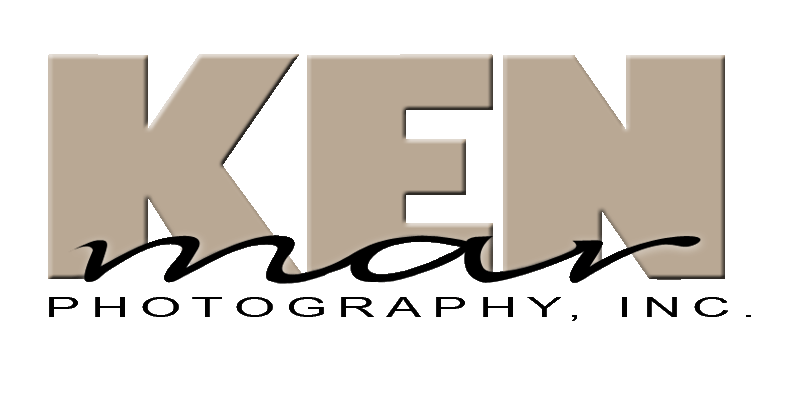Four secret steps to finding your best photography value.
1) ASK FOR PRICES
Everyone has a budget. So start with spending some time determining the range of prices. Shopping for photography is much less about dollars and more about sense because the price is only a small part of the big picture. (Pun intended)
Because the value of a portrait is not in what it cost, it’s in the way it makes you feel. You’re not going to love a bad portrait just because you got it cheap. But a quality portrait feels priceless.
Choosing a creative service like photography is a unique experience. It’s not a product that you pull down off of a shelf. So what happens when you compare on price alone? When you’re shopping for a creative service, and you pay less, what will the ‘less’ be? Less creative or less service?
Now if you can’t take the time to shop around and do research, paying more will increase your chances of finding better quality. But even the rich like to save money. How do you think they got rich? (Inheritance!)
It’s generally understood that when you spend more you get more. But it’s not always true. Some businesses may charge more just because they believe that their clients will take them more seriously.
In the long run, the quality studio must provide value for our patrons because they are our most precious resources. Indeed, they are the ones who keep the art of photography alive.
Businesses that have been around and enjoy a good reputation can be found by talking to those whose taste you share.
2) LOOK FOR VALUE
How can you trust yourself to recognize better quality portraits worth paying more for? These comparisons are, after all, subjective.
Your own sense of good taste will detect quality and value. You actually feel good looking at relaxed poses and expressions.
So visit websites and take a look at samples. Ask if the images presented are their own. Take a look at other studio’s work for comparison. If you have a discerning eye, eventually you’ll be able to tell when backgrounds and props become distracting or trendy. Look for variety. Look for comfortable poses with backgrounds that blend with and enhance the portrait and most important of all, tell the story of the person in the portrait. These are the qualities that are classic, meaningful, and timeless.
When you see better quality in a product or service; you expect to pay a little more for it. If you don’t see that difference… don’t.
The most expensive isn’t always the best and the cheapest certainly isn’t always a bargain. You need to go where you feel a comfortable balance of value for the cost.
Identifying quality can be confusing when photo manipulators with more technical skill than taste, create portraits that make you focus on the manipulation instead of the subject. The experienced photo artist still has to remember the timeless qualities that endure; it’s all about the person being photographed. It’s the sharing of yourself that helps your subject share their personality. I try to make the medium disappear, make the camera transparent and, in the finished portrait, make the viewer ponder the subject and their story, not the process by which it was created.
Shoppers who cannot sense the difference among the things I’ve mentioned or are overwhelmed by their choices will have to shop on price alone. Their choices are limited. Those who can discern those differences have a few more steps to take.
INSIST ON EXPERIENCE
I’ve already mentioned that this creative service is not just price and product; it’s the experience of being photographed by someone with experience.
Turning your personality into portraits that you’ll cherish for a lifetime is a skill, derived from a talent or an interest. And that takes time to develop.
A story goes: The artist Picasso was enjoying lunch at a cafe In Paris when a wealthy socialite approached him and insisted that Picasso do a drawing of her. She let him know that money was no object. Picasso obliged the woman immediately by finding a pencil and paper an within three minutes handed the woman a splendid drawing. The woman was delighted and asked Picasso what she owed him. Picasso was a very well known artist by this time and asked several thousand dollars for the piece. Stunned, the woman asked how the artist could charge that much for something that only took him three minutes. Picasso replied, “Madame that drawing took me all my life.”
The portrait artist has only a short time to capture the personality of their subject. Experience is what allows them to do that. In that exchange, they must give all that they are to create their elusive craft. Because it is in that exchange of faith between artist and patron that the magic of portrait art is conceived. When the artist feels that magic when they feel the faith of their patron, the belief in their craft, when the artist and the client share that faith, there is no limit to the art that they can create together. That’s the magic!
Photographers sometimes feel the need to educate clients as to how to appreciate finer quality photography. Maybe it is our customer who is educating us in saying “I don’t see the value in quality. I’m willing to take my chances by spending a little less and hoping it will turn out.” Or they’ll try and do it themselves.
Having a digital camera confuses the desire to take pictures with the aptitude to create portraits. It is this attitude that worries professional photographers.
The digital revolution is in its infancy and it’s bound to do some infantile, tasteless things that it will later regret and be embarrassed by. Experienced photographers have seen enough fads come and go to know which ones to embrace. They understand it takes a LOT more than a digital camera to create a portrait. Because they understand the difference between pictures and portraits.
A pro studies the million little things their subjects do that shows the world who they are. Professional portraits are created in that magic that doesn’t come with the instructions on a digital camera. It can be technical in using the technique of lighting, posing and other effects but it’s emotion and intuition, talent, skill and experience that tells you when to apply it.
The professional does not confuse taking pictures with making them. Experience is the breeding ground for this ability and talent. It’s this experience that our clients pay for when they come to us. Our experience creates the sensitivity to the client, the practiced art of turning personalities in to portraits.
The portrait artist closes their own ego and opens up to their client to create an environment that allows their personality to flow through the lens. That is the experience of making a portrait. That is the art that cannot be replaced by the sheer quantity of images, speed or any piece of technology.
LISTEN TO OTHERS
Ask around! Your friends will be glad to share their opinion.
A well-done portrait is truly priceless in that it holds, perhaps more than anything else, the meaning of a man.
A quality portrait shows you the past, the potential, and the personality.
I have the responsibility of converting these pieces of paper and canvas into the priceless artifacts that are collected and handed down from generation to generation.
When your mother shows you a photograph and says, “This was your grandfather when he was in high school” not “This is a picture of your grandfather in high school.” then you understand the nature of portraiture.
This is what all true portrait artists already believe.
So, while the four elements to consider include asking for price, identifying value, analyzing experience and listening to others, the real value of a portrait is in your heart.

